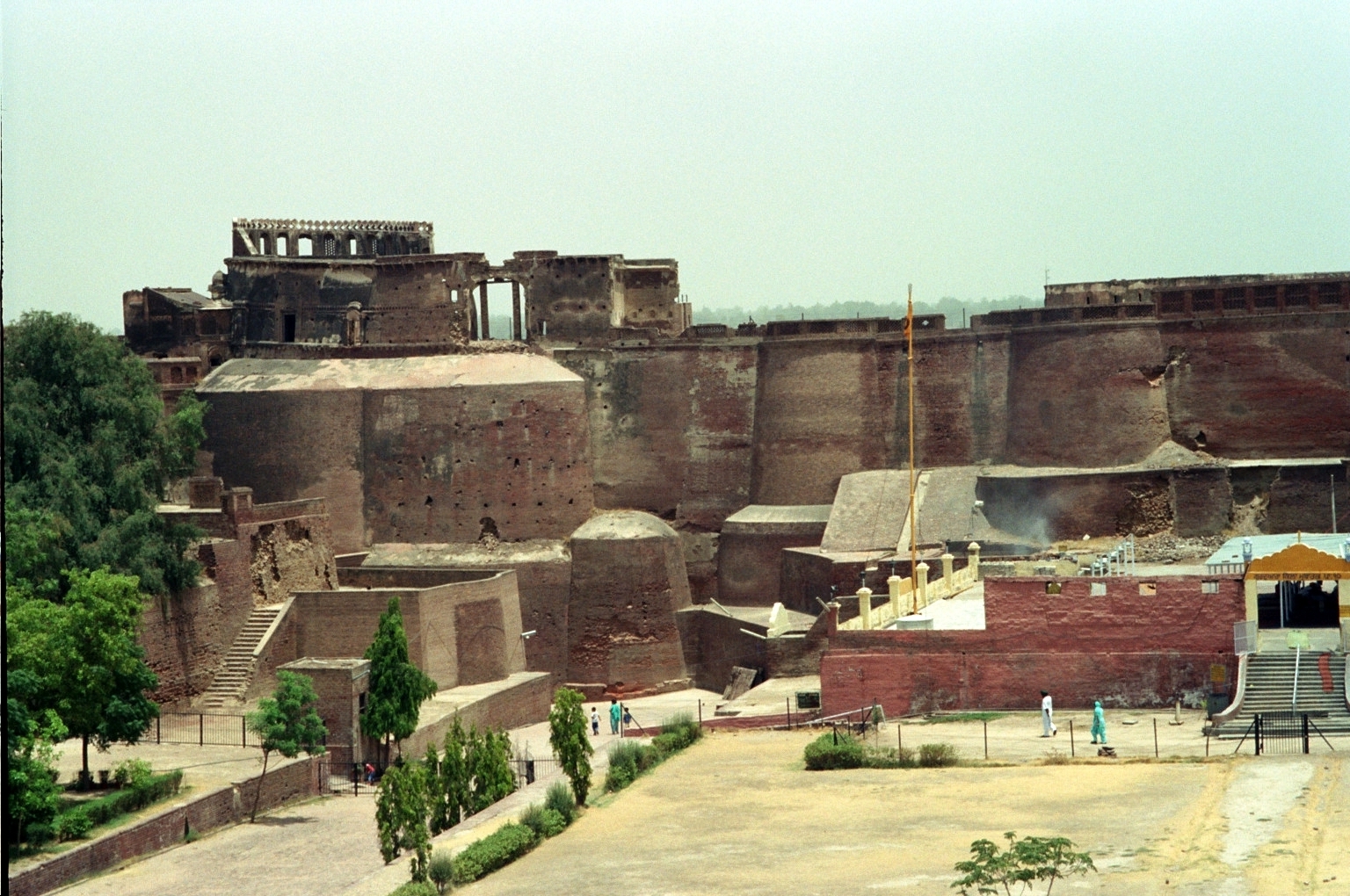Bathinda Fort, a monumental testament to India's complex historical landscape, stands as a silent witness to centuries of political transformation and cultural evolution. Located in the heart of Punjab, this ancient fortress has been a pivotal site of power, conflict, and strategic significance since its earliest known construction during the Kushana period. Its walls, constructed from Nanak Shahi bricks, have absorbed the narratives of numerous rulers, from Hindu Shahi kings to Mughal emperors, each leaving an indelible mark on its architectural and historical identity.
The fort's strategic location made it a crucial military and administrative center, particularly during the tumultuous periods of the Delhi Sultanate. Its most dramatic historical moment perhaps came in 1240 when Razia Sultan, the first woman to rule Delhi, was imprisoned within its formidable walls after being overthrown by Turkish nobility. This event symbolizes the fort's role not just as a defensive structure, but as a complex political arena where power dynamics dramatically unfolded.
Through successive ruling dynasties, the fort transformed and adapted. The Hindu Shahi rulers, the Rajput Chauhans under Prithviraj Chauhan, and later the Delhi Sultanate under Qutbuddin Aibak, all contributed to its architectural and historical significance. Each regime added layers of complexity to its narrative, turning it into more than just a military stronghold but a microcosm of broader historical transitions.
The Mughal period brought further refinement and strategic importance to Bathinda Fort. During Babur's reign, it served as a critical urban administrative center, and later became a significant location during the conflict involving Bairam Khan, Akbar's regent. The fort's design emphasized defensive capabilities, reflecting the turbulent political environment of the era, with strong architectural features designed to withstand potential invasions.
Sikh history also intertwines with the fort's legacy. Guru Gobind Singh's brief stay in 1707 after the Battle of Muktsar left an enduring mark, with a gurudwara now commemorating his presence. This religious connection adds another dimension to the fort's multifaceted historical narrative, highlighting its importance beyond mere military strategy.
The architectural marvel spans approximately 36 bastions, with four massive corner structures and eight supplementary bastions. Its sole northeastern entrance, fortified with an iron-clad, spike-studded door designed to repel elephant-based attacks, represents the sophisticated defensive engineering of its time. The Rani Mahal, where Razia Sultan was once confined, remains a poignant reminder of the fort's complex historical role.
In contemporary times, the fort stands as a protected monument under the Archaeological Survey of India, maintaining its national importance. Despite periods of neglect, it continues to captivate historians, architects, and tourists alike. The presence of four historic cannons—originally brought by Babur and later representing the era of Maharaja Ranjit Singh—further enriches its historical narrative.
Today, Bathinda Fort represents more than a physical structure; it is a living chronicle of India's intricate historical tapestry. From its earliest construction during the Kushana period to its current status as a protected national monument, it embodies the resilience, complexity, and continuous transformation of Indian historical landscapes.








